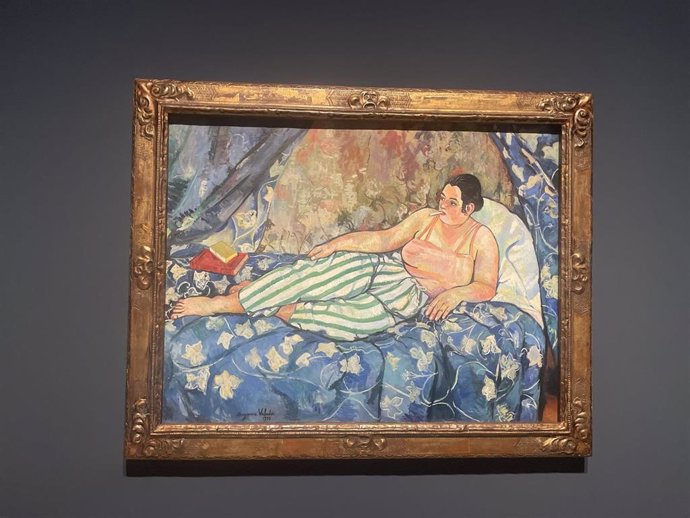
I like to think that I have a passing knowledge of the history of art – at least the generally white, male, euro-centric version that I have studied. But the one thing about knowing a little of a subject is that knowledge gives you more and more opportunities to discover just how slight that knowledge actually is.
I do acknowledge that my interests lie in the rough timeline of Giotto to Guston – not a good example of a modern contemporary artist to go with the C.13th Master, as I don't like the work of Guston, and also he died a quarter of a century ago. But you get the idea, I am generally in the realm of Modern-ish art, where allowing for the vagaries of how artists cope with perspective, their painted characters stand on their feet and not tiptoe and there is something recognizable about the way that they have painted the world.
As I have also studied Modern, Modern Art, I have also had to come to terms with wildly un-representational art and all the strange and wonderful ways in which artists have interpreted the world around them.
But, in spite of having studied with the Open University where such things as feminism are de rigeur, my knowledge of women artists pre C.20th is still a little lacking. And that lack of knowledge goes for female living artists too. I mean, I can rattle off a list of woman working in the plastic arts today, but it is nothing like as extensive as the list I can draw up of male artists.
So, it was with something of a peaked interest with which I responded to the information sent to me by MNAC that there would be a lecture and view of the new exhibition of the work of Suzanne Valadon. [Museu National d’Art de Catalunya. Suzanne Valadon: a Modern Epic. 19th April to 1st September 2014]
A little light research later and I was ashamed that previously I could do little more than bring to mind a couple of paintings by her. There is so much more!
Her dates (1865-1938) meant that she was 35 years old at the turn of the century, and by that time she had made the transition from poverty, via hard poorly paid jobs, through being a circus performer to being the model for a group of artists including Renoir, Toulouse-Lautrec, Berthe Morisot, Puvis de Chavanne, Steinlen and Degas! Quite the roll call of talent.
An accident put paid to her career in the circus and so she developed a talent for art that she seems to have had from an early age, and managed to make a name for herself in the cut throat world of the turn of the century centre of the art world in Paris.
Her first marriage ended after she fell in love with one of her son’s friends and she married André Utter although he was more than twenty years her junior. Her painting of the nude Utter casting a net, shows him in three different (though decorous) poses and is remarkable in presenting a female gaze, unashamedly presenting the naked male as an object of sexual desire.
To be fair many of her nudes are of women, but her odalisques and Eves are a more modern take on nudity and the presentation of the female body than the male generation of artists around her were producing.
I am writing this before the exhibition, and I will write more when I have seen the more than 100 works that this exhibition boasts.
I only hope that they have a catalogue in English, as neither my French (lots of loans from French Museums) or Spanish or Catalan can cope with academic art-speak!
I live in hope!